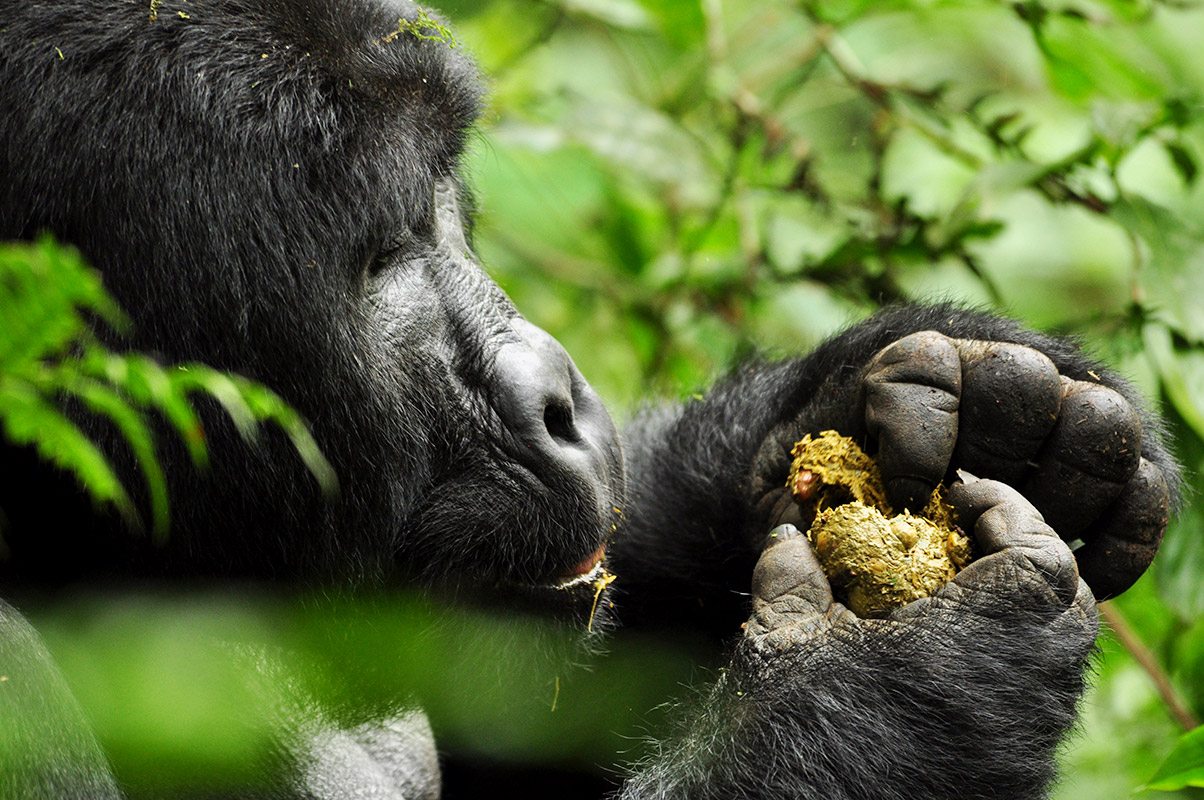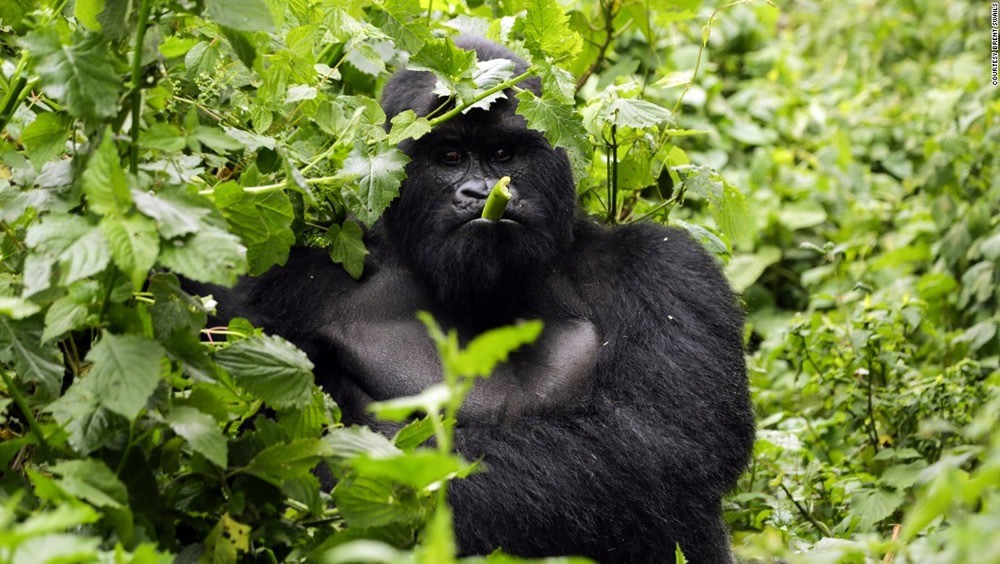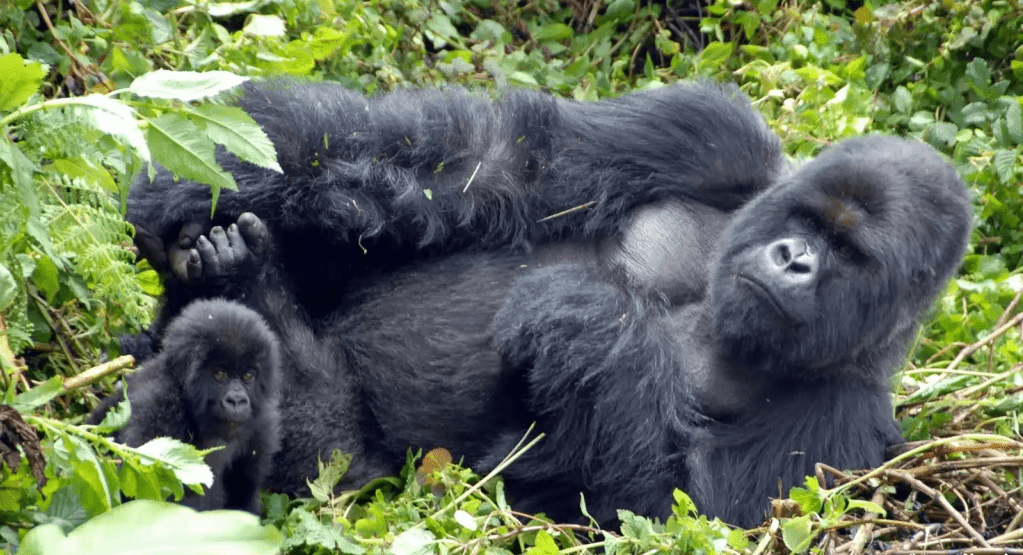Luxury:
Sabyinyo Silverback Lodge
This lodge is located in the immediate region of Kinigi, situated on community land at the foothill of the Virunga with a beautiful view of the volcanoes hills. Accommodation consists of 8 stone cottages, 2 suites, and a 14-bed family suite, all spread out across the grassy slopes and well-spaced offering good privacy. The lodge has two veranda areas that present scenic views of the Virungas.
The luxurious and well-equipped rooms combine ethnically influenced décor good for country house feel with three fireplaces, a tea/coffee making facility, mini bar, a bedroom, dressing room, a large bathroom, and 24-hour electricity.
Moderate (Mid-range):
Le Bambou Gorilla Village
Midrange safari accommodation located in the vicinity of Volcanoes National Park, accommodation is in large stone cottages with firm big beds, private balcony, en-suite hot shower, and a tidy collection of furniture including a wardrobe and a writing desk. Equipped with furnished reception, bar, and dining area.
The food is good, & the staff is very helpful and cooperative. Guests are provided with the most luxurious furnishing and lofty quality service.
Budget:
Bushokoro Lodge
Situated about 500m from hotel La Palme, the lodge has four large clean tiled rooms with big beds & en-suite hot shower, a restaurant, and a bar.





